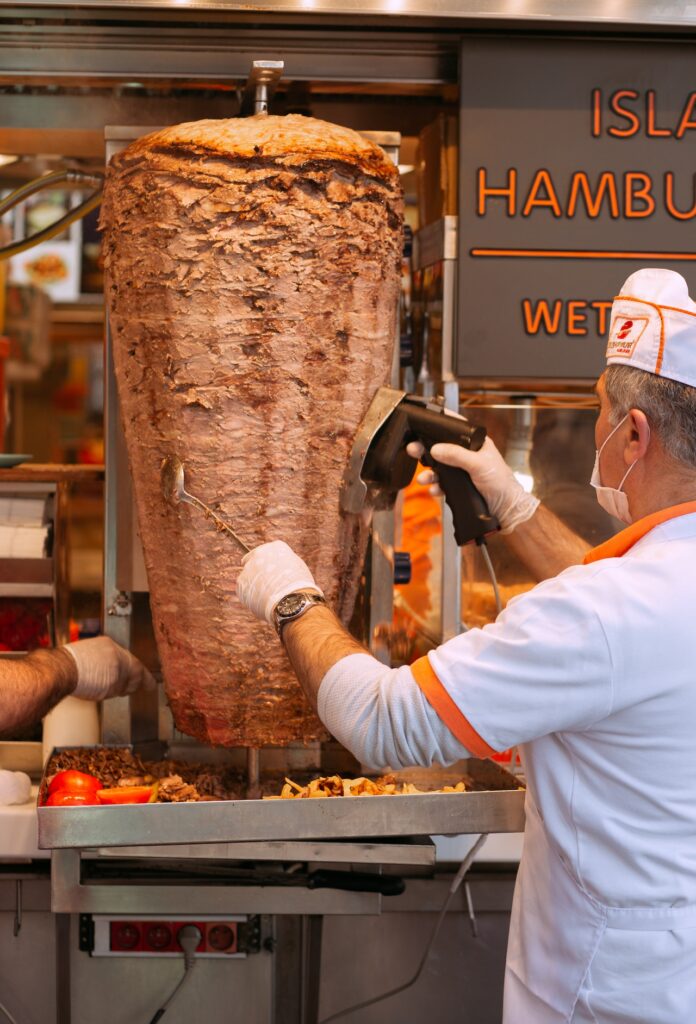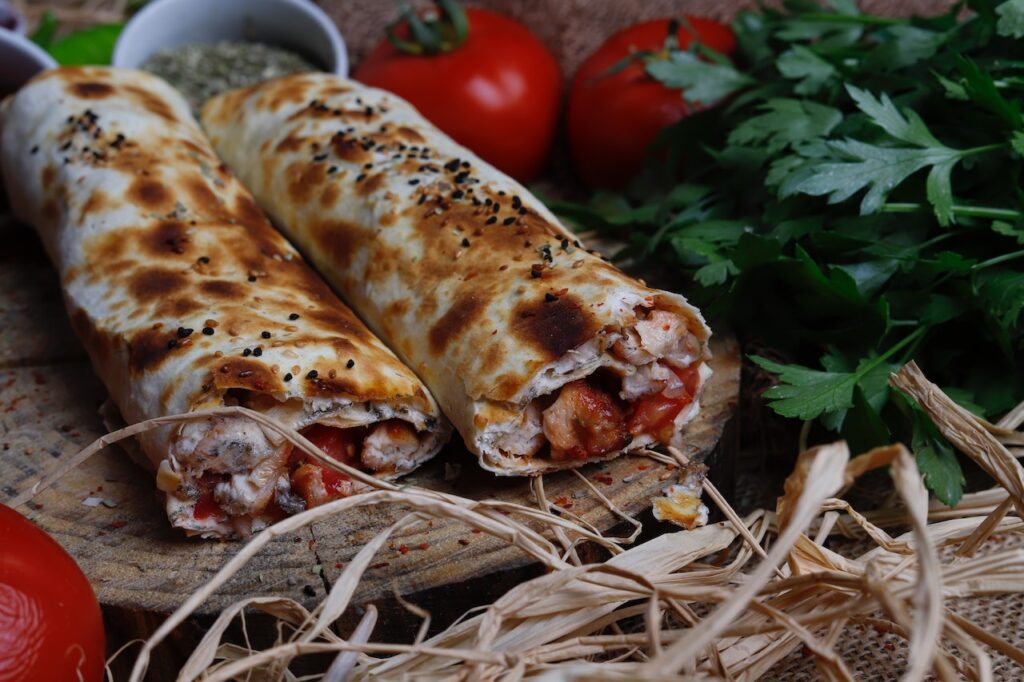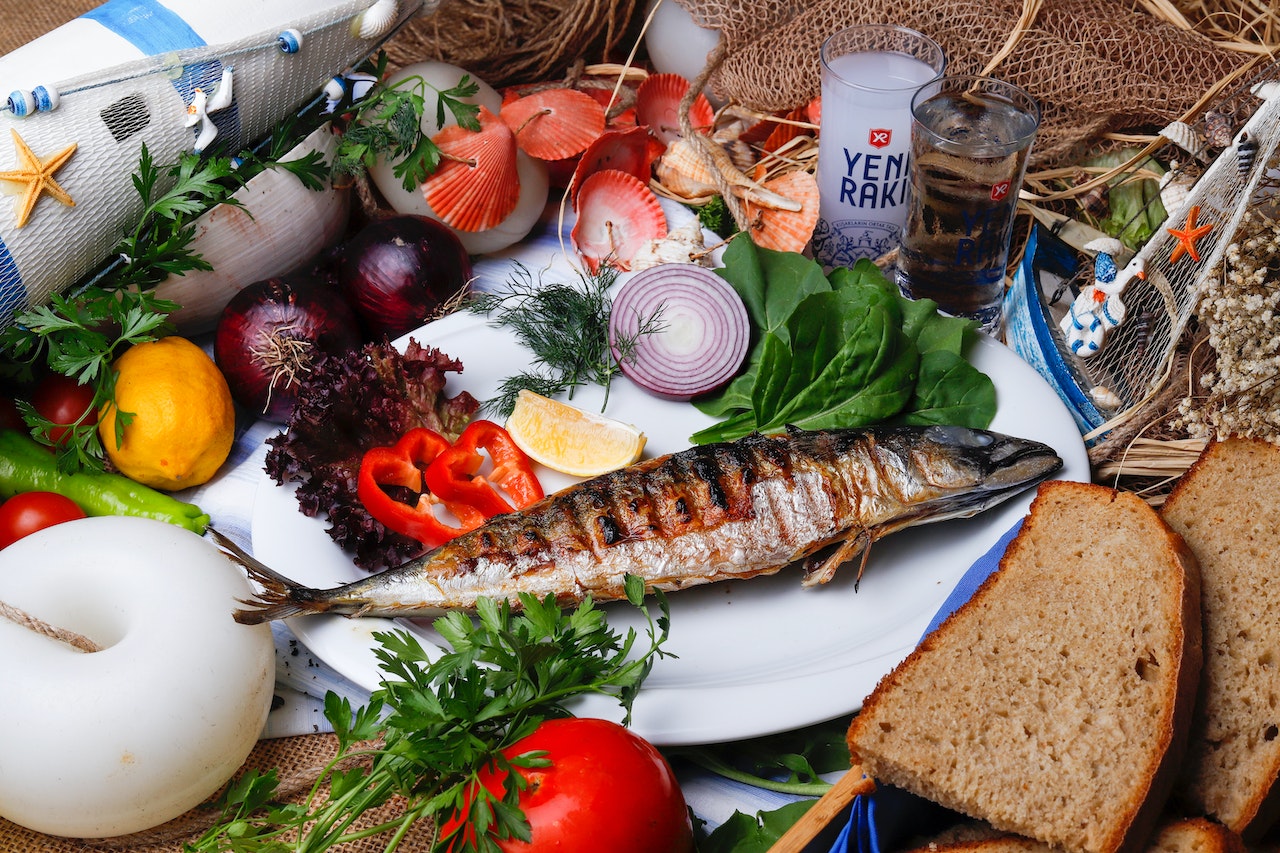Turkey, a land bridging the continents of Europe and Asia, is not only renowned for its historical treasures but also for its delectable cuisine. At the heart of Turkish gastronomy lies the kebab culture—a culinary tradition that has captured the taste buds of people worldwide. In this article, we will embark on a flavorful journey to explore the diverse world of kebabs in Turkey, delving into their origins, preparation techniques, regional variations, and their significance in Turkish culture
Origins of Kebabs
Kebabs have a long and illustrious history in Turkey, tracing their roots back to the Ottoman Empire. The term “kebab” itself is derived from the Persian word “kabāb,” meaning “to fry” or “to roast.” Originally, kebabs were prepared by skewering chunks of meat and cooking them over open fires. Over time, the culinary techniques evolved, incorporating new flavors and cooking methods.
Preparation Techniques
In Turkish cuisine, kebabs are prepared using various techniques, each lending its distinct character to the final dish. Traditional kebabs are often marinated with a combination of herbs, spices, and yogurt, enhancing the tenderness and flavor of the meat.

Some popular techniques include shish kebab (skewered and grilled meat), döner kebab (thinly sliced meat cooked on a vertical rotisserie), şiş köfte (ground meat molded onto skewers), and İskender kebab (döner served over bread, topped with tomato sauce and melted butter).
Regional Variations
Turkey’s diverse geography has given rise to a multitude of regional kebab variations, each reflecting the local flavors and culinary traditions. For instance, Adana kebab, hailing from the southern province of Adana, features spicy minced meat mixed with chili peppers and served with lavash bread and grilled tomatoes. In Istanbul, you’ll find the famous İskender kebab, while in Bursa, the İnegöl kebab steals the show with its tender lamb or beef patties. Other notable regional variations include Urfa kebab, Antep kebab, and the fish-based Balık ekmek kebab from Istanbul’s shores.
Significance in Turkish Culture
Kebabs hold a special place in Turkish culture, representing more than just a savory dish. They are an integral part of social gatherings and festive occasions, bringing people together around the table to savor their flavors. The art of preparing kebabs has been passed down through generations, creating a sense of culinary heritage. Turkish kebab houses, known as “kebapçı,” are lively establishments where locals and tourists alike can indulge in the authentic flavors and experience the vibrant atmosphere.
Accompaniments and Side Dishes
No kebab experience in Turkey is complete without the accompaniments and side dishes that enhance the flavors and create a well-rounded meal. Traditional mezes (appetizers) like cacık (yogurt and cucumber dip), haydari (thick yogurt with herbs), and ezme (spicy tomato and pepper salsa) are commonly served alongside kebabs. Freshly baked flatbread, known as pide, acts as a vessel to scoop up the succulent meat and juices. Grilled vegetables, such as peppers and onions, add a flavorful touch. To top it off, a cup of Turkish tea or Ayran (a refreshing yogurt-based beverage) perfectly complements the richness of the kebab feast.

The kebab culture in Turkey is a testament to the nation’s culinary excellence and cultural diversity. With its origins rooted in history and its flavors adapted to suit regional palates, kebabs continue to captivate the taste buds of both locals and visitors. Beyond their delicious taste, kebabs offer a glimpse into Turkish traditions, bringing people together, and creating memorable experiences around the communal table. Whether it’s savoring a succulent Adana kebab in the bustling streets of Istanbul or enjoying a leisurely meal in a traditional kebapçı, the kebab culture in Turkey is an essential culinary exploration that no food enthusiast should miss.


